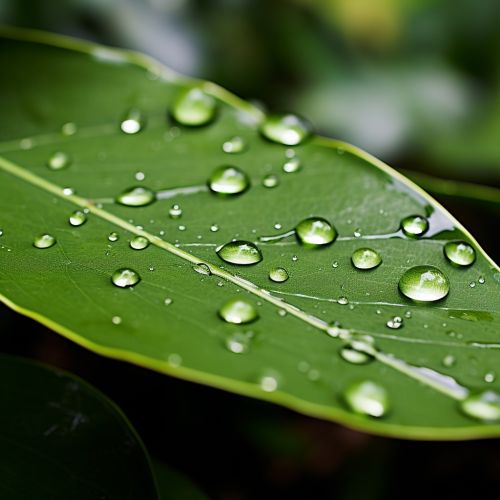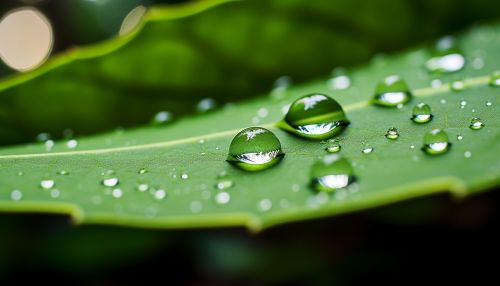Surface tension
Introduction
Surface tension is a fundamental property of liquids that enables them to resist an external force. It is the cohesive force between liquid molecules, a type of force that causes the liquid to behave as if it is covered with a skin. This property is caused by the cohesion between molecules at the surface of a liquid, and it is responsible for many behaviors of liquids, such as the ability of some insects to walk on water.
Molecular Theory
Surface tension is a result of the cohesive forces between adjacent molecules. The molecules at the surface of a liquid are not surrounded by similar molecules on all sides, so they are pulled inwards. This creates internal pressure and forces the liquid to minimize its surface area. Surface tension is therefore a measure of the force exerted parallel to the surface of a liquid. It can be thought of as the energy required to increase the surface area of a liquid by a unit area.
Measurement
Surface tension is typically measured in dynes/cm, the force in dynes required to break a film of length 1 cm. Alternatively, it can be measured in terms of energy required to increase the surface area by a unit area, in which case it is stated in ergs/cm^2. The SI unit of surface tension is N/m (newtons per meter).
Factors Influencing Surface Tension
Several factors can influence the surface tension of a liquid. These include temperature, impurities in the liquid, and the presence of other interfaces. For example, the presence of surfactants (substances that reduce surface tension) can significantly reduce the surface tension of a liquid.
Effects of Surface Tension
Surface tension is responsible for many common phenomena. For instance, it allows insects such as the water strider to walk on water, causes small metal objects to float on the surface of liquids, and leads to the spherical shape of small droplets and bubbles. It also plays a crucial role in the movement of fluids in porous materials, a process known as capillary action.
Applications
Surface tension has many practical applications. It is used in a variety of engineering and scientific fields, including fluid mechanics, materials science, and biology. It is also used in a number of everyday processes, such as the spraying of pesticides, the formation of raindrops, and the operation of inkjet printers.
See Also


